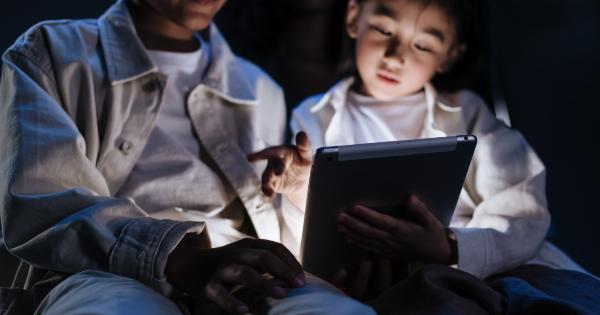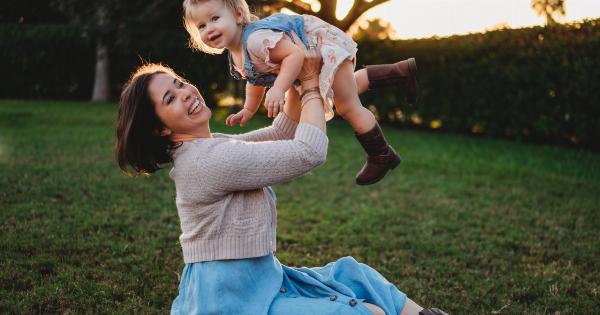Child rights are an integral part of human rights, focusing specifically on the rights and well-being of children.
These rights encompass various aspects such as the right to education, health and nutrition, protection from violence and abuse, and the right to participate and be heard in matters that affect them. Recognizing the significance of safeguarding and promoting child rights, countries around the world have developed national action plans to ensure the holistic development and protection of children.
What is a National Action Plan for Child Rights?
A National Action Plan for Child Rights is a comprehensive policy framework developed by a country’s government to promote, protect, and fulfill the rights of children.
It serves as a roadmap for all stakeholders, including government agencies, non-governmental organizations, and civil society, to work towards the common goal of ensuring the well-being and rights of children in the country.
Importance of Accepting the National Action Plan for Child Rights
Accepting and implementing a National Action Plan for Child Rights is crucial for several reasons:.
- Legal Framework: It provides a legal framework for the protection of child rights, ensuring that the rights of children are enshrined in national legislation.
- Coordination: It promotes coordination and collaboration among different stakeholders, fostering a more effective and efficient approach in addressing child rights issues.
- Prioritization: The National Action Plan identifies and prioritizes the key areas where intervention is required, focusing on the most pressing issues affecting children.
- Accountability: It holds the government and other stakeholders accountable for the fulfillment of child rights, setting measurable goals and targets.
- Resource Allocation: The plan helps in mobilizing resources, both financial and human, towards child-focused programs and policies.
Key Priorities in a National Action Plan for Child Rights
The specific priorities outlined in a National Action Plan for Child Rights may vary from country to country, depending on the unique challenges and needs of children. However, there are some common areas of focus that are typically addressed:.
1. Education
Education is a fundamental right of every child. The National Action Plan sets targets for increasing enrollment rates, improving access to quality education, eliminating gender disparities, and enhancing the overall learning environment.
2. Health and Nutrition
Ensuring access to healthcare services and proper nutrition is essential for the healthy development of children.
The plan aims to improve immunization rates, reduce child mortality, combat malnutrition, and provide access to clean water and sanitation facilities.
3. Child Protection
Child protection encompasses protection from violence, abuse, neglect, and exploitation. The National Action Plan focuses on strengthening child protection systems, preventing child labor and trafficking, and providing support to children in need.
4. Participation and Empowerment
Children have the right to be heard and participate in decisions that affect them.
The plan includes initiatives to promote child participation, empower children through education and skills development, and ensure their voices are considered in policymaking processes.
5. Juvenile Justice
The National Action Plan addresses issues related to juvenile justice, aiming to ensure fair and child-friendly legal processes, rehabilitation and reintegration of children in conflict with the law, and alternatives to detention.
6. Social Welfare and Support
Children from vulnerable backgrounds require special attention and support.
The plan includes provisions for social welfare programs, including social assistance, foster care, and adoption services, to ensure a safe and nurturing environment for all children.
7. Child Labor and Exploitation
Eradicating child labor and protecting children from exploitation is a priority of the National Action Plan.
It focuses on eliminating hazardous and exploitative child labor, providing rehabilitation services, and raising awareness on the consequences of child labor.
8. Prevention of Violence against Children
Protection from violence is a basic right of every child.
The plan emphasizes the prevention of all forms of violence against children, including physical, sexual, and emotional abuse, through awareness campaigns, advocacy, and stringent legal measures.
9. Early Childhood Development
The National Action Plan recognizes the importance of early childhood development and outlines initiatives to provide quality care, nutrition, and early learning opportunities to children in their early years, ensuring a strong foundation for their future.
10. Monitoring and Evaluation
Effective monitoring and evaluation mechanisms are crucial for the successful implementation of the National Action Plan.
The plan emphasizes the need for regular assessments, data collection, and reporting to track progress, identify gaps, and make necessary adjustments.
Conclusion
Accepting a National Action Plan for Child Rights is a significant step towards ensuring the well-being, protection, and holistic development of children.
By prioritizing key areas such as education, health and nutrition, child protection, and empowerment, countries can work towards creating a safer and more inclusive environment for children. It is imperative that governments, civil society organizations, and all stakeholders collaborate and dedicate resources towards the fulfillment of child rights, turning the vision of a just and equitable society for children into a reality.































